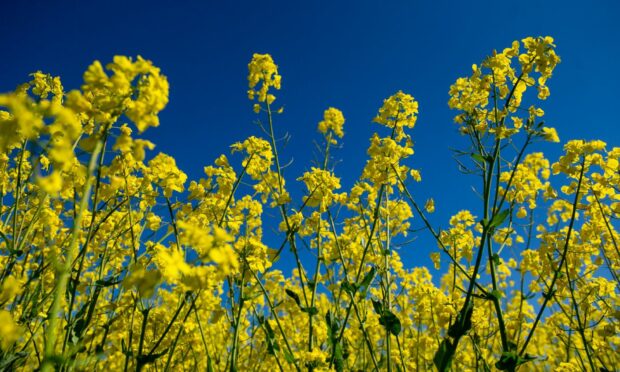Dozens of new varieties and an updated selection of traits are included in the AHDB’s latest Recommended List (RL) for cereals and oilseeds.
The new edition introduces traits for barley yellow dwarf virus (BYDV), a greater choice of spring and winter milling wheat varieties, and new options for brewing and distilling.
Also included in the RL are improvements to cereal lodging resistance ratings and additional information on resistance to septoria tritici in winter wheat.
Paul Gosling, who manages the RL at AHDB, said: “We revised the cereal lodging ratings to help pull apart varietal differences.
“This will make the ratings more representative of what is seen in the field and improve their consistency. Although ratings have fallen for some varieties, this is a consequence of calculation change, not an increased susceptibility to lodging.”
The AHDB says new recommendations for winter wheat include varieties with an alternative genetic basis of resistance to septoria tritici.
Barley
The list features four new feed winter barley varieties. AHDB says the two two-row varieties offer improvements to disease resistance and untreated yield.
One of the two new six-row barleys, the first conventional variety added since 2017, offers improved grain quality, as well BYDV tolerance – the first barley on the RL to demonstrate this trait.
Three new spring barley varieties, under test for brewing, offer treated and untreated yield increases over the current market leaders, although the success of such varieties will depend on their uptake by the brewing industry.
Oilseed rape
Meanwhile, the system for oilseed rape has also changed to make it easier to recommend conventional open-pollinated varieties.
Mr Gosling said: “Open-pollinated varieties remain popular. However, there was a danger that they would be completely lost from the RL in favour of hybrid varieties. Changes to our selection procedures should help maintain the recommendation of strong conventional options.”
The winter oilseed rape list has four new varieties in specialist categories, along with several hybrids and two conventional varieties for the UK, East/West and North regions. These varieties are reported to show improvements to yields and disease resistance.

